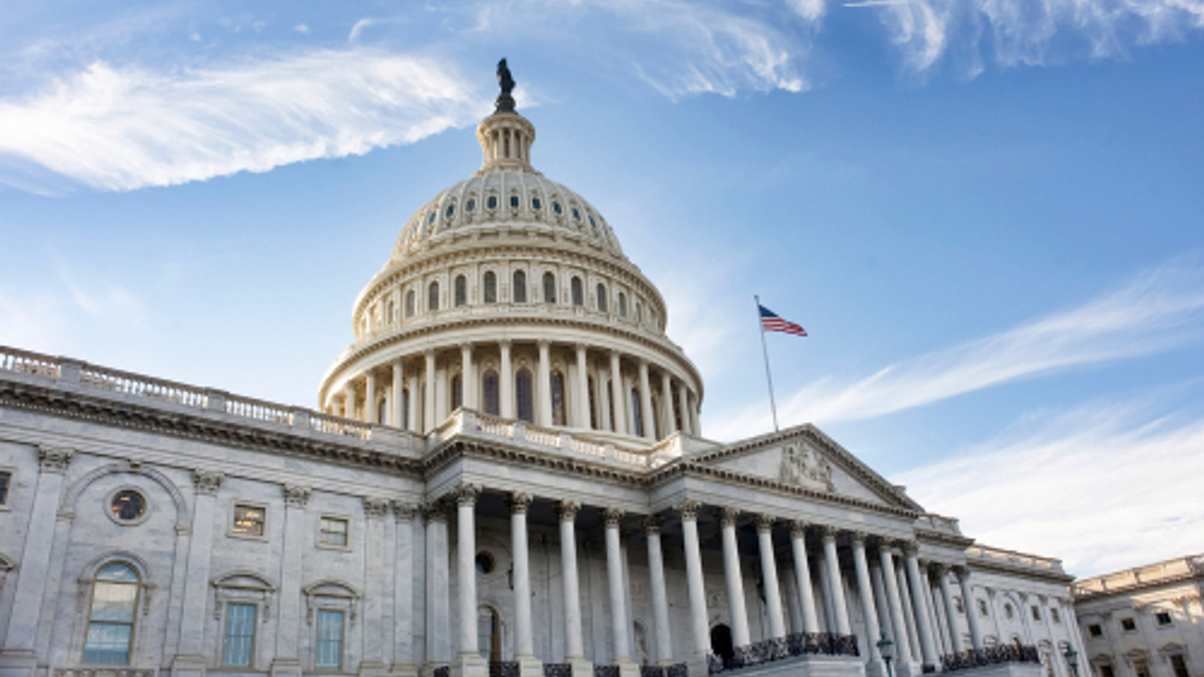Temasek builds US exposure, flags global concerns
The Singapore state investor is steadily expanding its North America portfolio and has opened a third US office, in Washington, DC. But it may slow its pace of deal-making globally.

Singapore’s Temasek further boosted its North American exposure and last year underscored the region’s importance to its global strategy by opening an office in Washington, DC. But the state investor has also expressed concerns about the global market environment.
Sign in to read on!
Registered users get 2 free articles in 30 days.
Subscribers have full unlimited access to AsianInvestor
Not signed up? New users get 2 free articles per month, plus a 7-day unlimited free trial.
¬ Haymarket Media Limited. All rights reserved.


